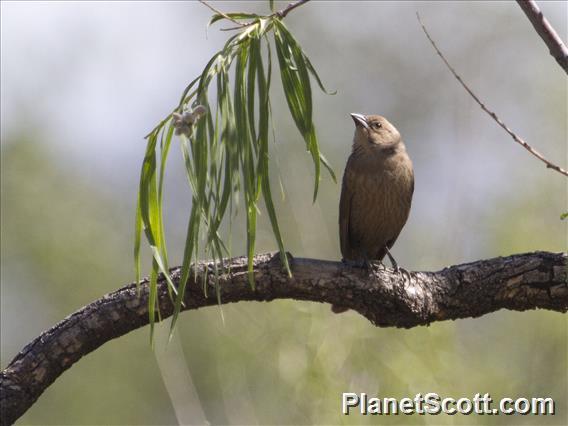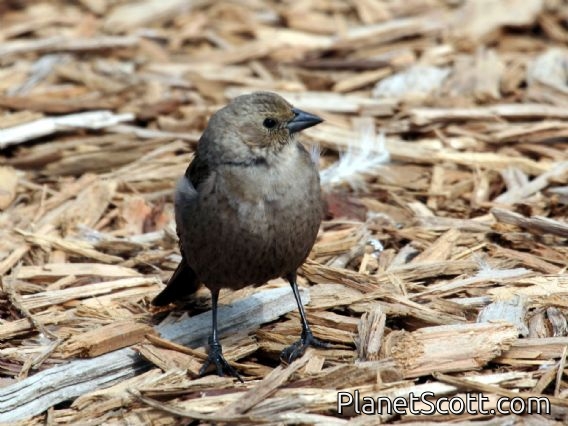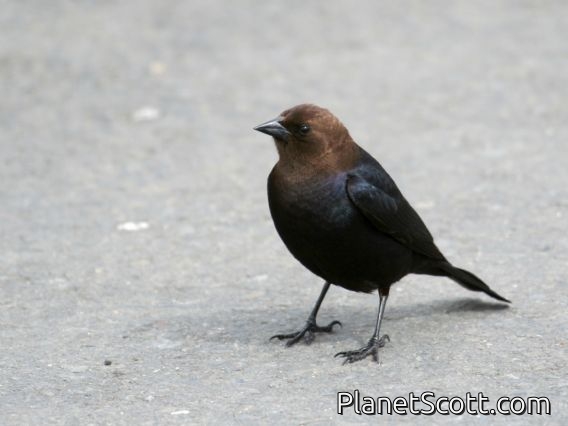Brown-headed Cowbird (Molothrus ater)

Brown-headed Cowbird (Molothrus ater)

Brown-headed Cowbird (Molothrus ater) Female

Brown-headed Cowbird (Molothrus ater) Male



×




Brown-headed Cowbird (Molothrus ater)

Brown-headed Cowbird (Molothrus ater) Female

Brown-headed Cowbird (Molothrus ater) Male
About Brown-headed Cowbird (Molothrus ater)
- Kingdom: Animals
- Phylum: Chordates
- Class: Birds
- Order: Perching Birds
- Family: American Blackbirds and Orioles
The brown-headed cowbird is a small, obligate brood parasitic icterid native to temperate and subtropical North America. It is a permanent resident in the southern parts of its range; northern birds migrate to the southern United States and Mexico in winter, returning to their summer habitat around March or April.
Source: Wikipedia
Visits
-
2006-08-15
Canyonlands National Park, United States of America -
2007-01-01
Garfield Park, United States of America -
2007-04-10
Ejido Lagoon, United States of America -
2007-04-29
Lake Merced , United States of America -
2007-06-14
Cape May Point State Park, United States of America -
2008-01-17
Garfield Park, United States of America -
2009-05-05
Elgin - Bluff Spring Fen, United States of America -
2009-05-08
Burnidge Forest Preserve, United States of America -
2009-11-22
Palo Alto Baylands, United States of America -
2011-05-29
Del Puerto Canyon and Mines Road, United States of America -
-
2012-05-21
Donner Camp Picnic Area, United States of America -
2012-07-09
Sax-Zim Bog, United States of America -
2012-07-10
170th St , United States of America -
2012-07-12
Yellowstone National Park, United States of America -
2013-04-15
Balcones Canyonlands NWR--Refuge HQ (Travis Co.), United States of America -
2013-04-19
Bolivar Peninsula, United States of America -
-
2014-05-09
Portal--Big Thicket, United States of America -
2014-05-11
San Pedro RNCA--San Pedro House, United States of America -
-
-
-
-
-
-
-
-
-
-
-
-
-
-
-
-
-
-
-
-
-
-
-
-
-
-
-
-
-






